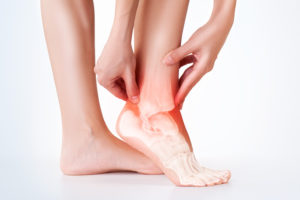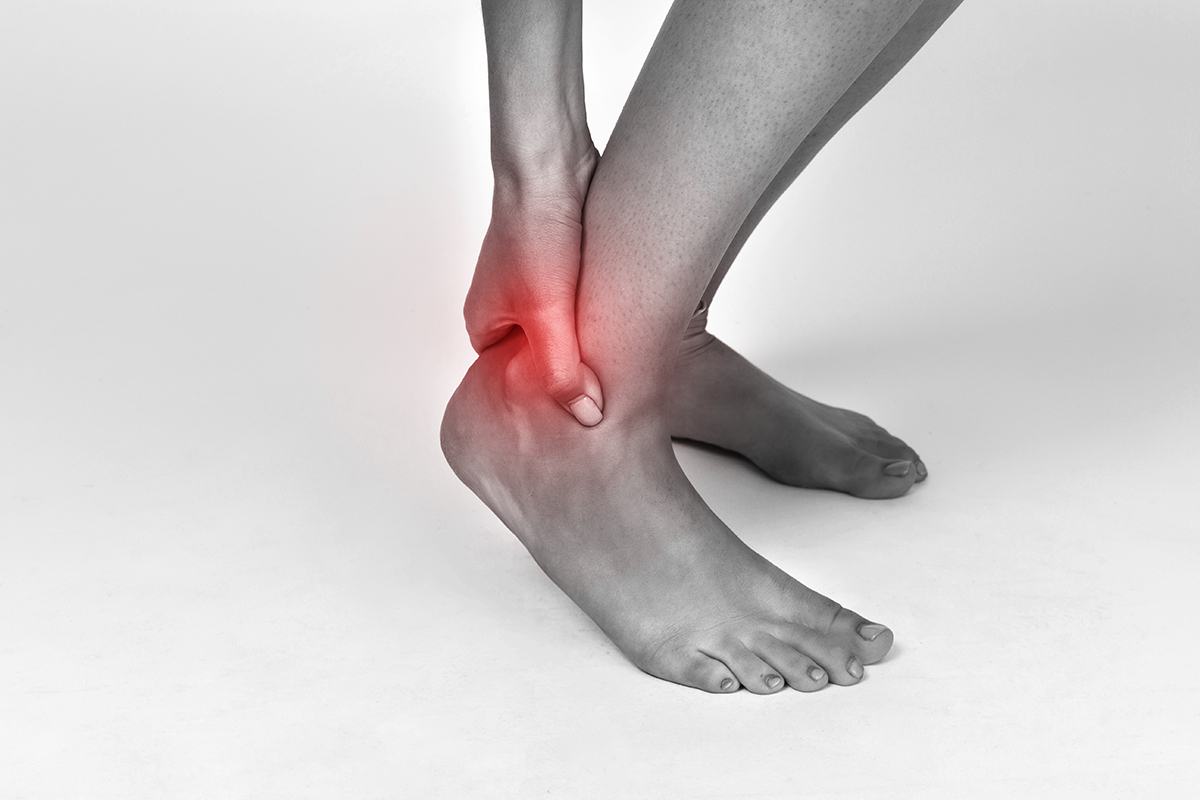 Os Trigonum Syndrome is a big cause of pain at the back of the ankle that we see particularly in those that are active in sports or activities that have you repetitively pointing your toes downwards. It stems from the presence of an extra (accessory) bone, approximately the size of a small pebble, right behind the ankle joint. While only a small number of people are born with this accessory bone, it can be a large source of pain and discomfort for those affected, and you won’t know that you have it until you start experiencing pain and symptoms at the back of one or both heels.
Os Trigonum Syndrome is a big cause of pain at the back of the ankle that we see particularly in those that are active in sports or activities that have you repetitively pointing your toes downwards. It stems from the presence of an extra (accessory) bone, approximately the size of a small pebble, right behind the ankle joint. While only a small number of people are born with this accessory bone, it can be a large source of pain and discomfort for those affected, and you won’t know that you have it until you start experiencing pain and symptoms at the back of one or both heels.
Why does the pain at the back of the heel start?
While the presence of the accessory bone doesn’t cause pain on its own, when the ankle is repeatedly bent so that the toes point downwards and the space at the back of the ankle reduces, this can trap or compress (‘crunch’) the accessory bone at the back of the ankle, damaging the soft tissues that keep the bone connected to the ankle.
The result is pain, swelling and general tenderness at the back of the heel that is exacerbated by any movements that lift the heel or point the toes downwards, including walking.
How is Os Trigonum Syndrome treated?
The first step is to confirm the diagnosis of the accessory bone via x-ray. As there are a number of other pains and problems that can affect the same area at the back of the heel, like retrocalcaneal bursitis and Achilles pain, it’s important to confirm this diagnosis before commencing treatment.
The first stage of treatment focuses on reducing the swelling and any painful symptoms. Resting the foot, avoiding movements that place further pressure on the accessory bone, using ice, keeping the foot elevated and taking non-steroidal anti-inflammatories (NSAID’s) can help reduce the swelling and therefore manage the pain.
Next, we want to let the damaged structures heal while reducing the risk of future irritation. This may include the use of custom foot orthotics, suitable footwear – like avoiding any shoes with heels, physical therapy on the surrounding muscles and tissues, and even the use of a brace or a boot to limit irritation.
If this pain keeps returning and remains a source of ongoing problems, surgery may be considered to remove the accessory bone. However, as non-surgical treatments show good success rates in helping manage this syndrome, these conservative measures should be implemented first.




